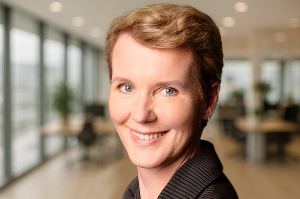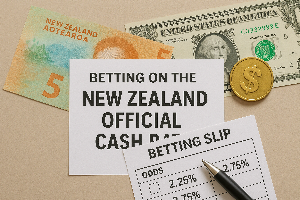
Westpac acting chief economist Michael Gordon says that wholesale interest rates are now largely in line with the banks' forecast of a 3% official cash rate by mid-2023.
"That suggests there is no longer an advantage to fixing for longer terms," he says.
All the economists agree interest rates will keep rising and Gordon suggests that fixing and rolling for one-year terms is likely to produce a lower borrowing cost on average over the next few years.
"Longer fixed terms are more suited to those who want certainty in their repayments."
ANZ takes a similar view. It's economists say choosing a term "has not been easy for some time."
"Had there been a realistic chance that mortgage rates might fall, for example, fixing for a shorter time would not just cost less now, but cost less in the long run too."
They say with rising interest rates most borrowers face between moderately higher costs now, or a mixture of lower costs now but possibly much higher costs later.
"Ultimately, what borrowers choose is likely to be guided by one’s appetite for risk and/or desire for certainty."
They are forecasting the OCR will rise by a further 1% by June.
"But that’s not guaranteed –a slowing housing market (or global economy) could, for instance, lessen the need for OCR hikes."
"But we wouldn’t bank on that, given the inflationary backdrop."
It says a simple budget analysis is likely to be useful for borrowers who are worried about affordability.
"As an example, if you can comfortably afford 4.59%, but feel like you might need to make harder choices if your mortgage rate exceeded 5%, you might prefer a two or three-year term over the cheaper one-year, given that the OCR could be at 3% when it’s time to re-fix in a year’s time, by which time fixed mortgage rates may all be back above 5%.
"Adding breakeven analysis to the mix could also help, as it gives you something to compare future expectations with. Let’s consider, for example, the choice between a 3.99% one-year fixed rate or a 4.59% two-year rate.
Over a two-year horizon, back-to-back one-year fixes will end up being cheaper if the one-year rate is below 5.18% in a year.
If the OCR is headed to above 3%, it is possible one year rates maybe 5.18%. In this case borrowers may prefer to opt for the added certainty of a two-year rate.
"That’d cost more now, but it may work out cheaper in the long run."





Comments
No comments yet.
Sign In to add your comment